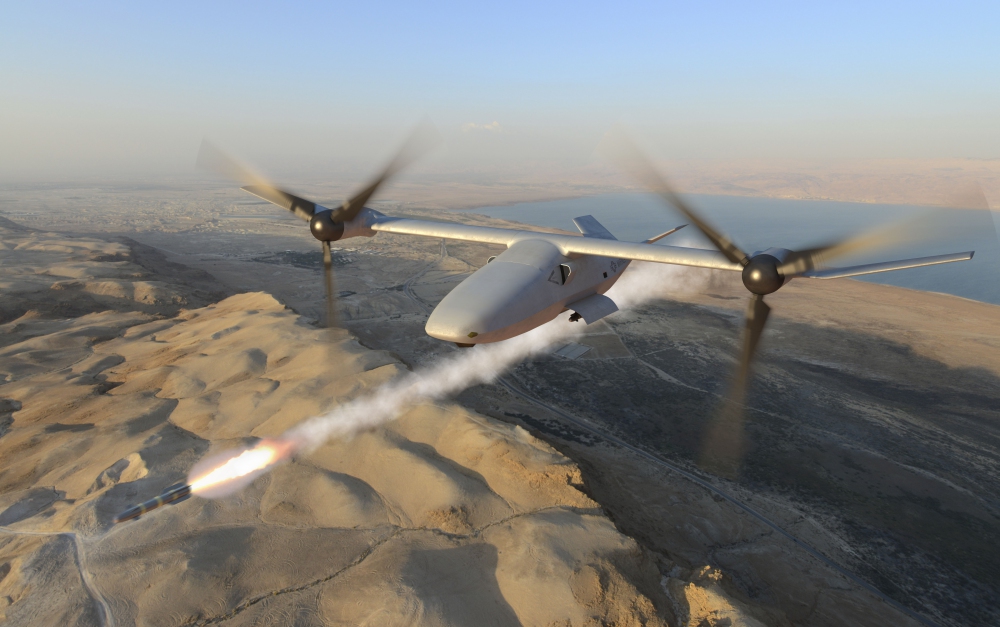As the US Navy and US Marines continue to highlight close naval integration, the interconnectedness of the two services has moved beyond concepts and doctrine and is spilling into acquisition decisions being made, a top Marine Corps general told USNI News.
The Navy and Marine Corps both recognize that their futures are intertwined, with the Marine Corps expecting to use the sea as manoeuvre space and require greater intratheater lift from the Navy. With adversaries growing more lethal, the Navy has recognized it will need the Marine Corps to help neutralize enemy radars and weapons ashore to give U.S. ships continued freedom of navigation.
Commandant of the Marine Corps Gen. David Berger and Chief of Naval Operations Adm. Mike Gilday have made clear they’re in lockstep going forward, and their services’ Distributed Maritime Operations and Expeditionary Advance Base Operations concepts go hand-in-hand. Even the top requirements officers for both services, Vice Adm. Jim Kilby and Lt. Gen. Eric Smith, recently joked that they only speak at conferences as a pair and don’t go on lunch breaks without checking in with each other.
Smith, the deputy commandant for combat development and integration, told USNI News that now tight naval integration is shaping how program managers conduct their business, too.
The Marines since 2016 have been working on a large Group 5 unmanned aerial system (UAS) called Marine Air-Ground Task Force (MAGTF) UAS Expeditionary, or MUX. The Marine Corps wanted this capability to help fill a specific gap in its sea-based aviation capability: it would have helicopters and tilt-rotors for lift and would have the F-35B Joint Strike Fighter for strike and data collection, but it needed an advanced early warning and electronic warfare (EW) platform to round out a carrier air wing-like capability. Though the Navy didn’t have plans for a Group 5 UAS, the Marine Corps from the start ensured that future integration would be possible by requiring that MUX fit into the hangar on a destroyer.
Smith said the naval integration has gone much deeper recently, though, as the two services tighten their bonds.
“We have to do this together. … We’re talking about, while the Navy is working the Future Vertical Lift and that is kind of foremost in their priority group right now, is we start moving toward MUX – what it is, what it’s not, what it has to do – and mostly it’s [electronic warfare]. It’s not a cargo-hauler. One of the requirements is, it has to fit on a hangar on a destroyer, so before we make big decisions, we have to confer with the Navy to make sure we don’t go down a dead end where the Navy says, look, two years ago you took this right turn, I can’t go with you anymore, if only you had asked. So we’re asking on every decision that we’re making that’s a significant decision. Is this still working for you, even though you’re not ready to go yet?”
Smith said, noting that he and Deputy Commandant for Aviation Lt. Gen. Stephen Rudder are in regular contact with Naval Air Systems Command as well as Kilby and his air warfare directorate (OPNAV N98).
After a 2018 request for information and industry day for the MUX unmanned vehicle program, the Marine Corps in October 2018 took on a Model Based Systems Engineering approach to streamline the MUX design, development, test and evaluation process, and then the following month NAVAIR announced a rapid acquisition strategy based on a Department of Navy recommendation to get to initial operational capability faster and for less money, Marine Corps spokesman Maj. Joshua Benson told USNI News.
The rapid acquisition strategy included prize challenges to industry to focus on specific payloads, including airborne early warning (AEW); intelligence, surveillance, and reconnaissance (ISR); electronic warfare (EW); and data relay (DR). These challenges were announced in May 2019, with bids coming in from June through September, Benson said, adding that prizes were awarded last month.
In September, NAVAIR stood up a MUX Lab for early assessments of ground-to-air communications, and the lab is expected to evolve as more systems are ready for testing to see if they are suitable for the MUX program.
Beginning last month, NAVAIR and Smith’s Combat Development and Integration directorate began a simulation experiment to look at payload configurations and capabilities, Benson said.
“The SIMEX assists with the development of a formal Concept of Operations (CONOPs) for MUX and other potential UAV solutions to address potential threats around the world,” he said.
“We will continue to explore MUX concepts and capabilities via modelling and simulation, wargaming and experimentation in anticipation of emerging force development guidance.”

